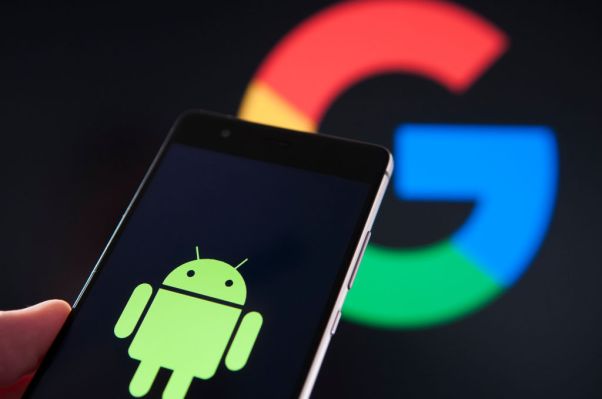With so many Android devices out there to choose from, it’s not always easy to find one that’s enterprise-friendly. To help alleviate that problem, Google announced the Android Enterprise Recommended program today.
As the name implies, it’s designed to point enterprise IT departments at devices that Google has deemed to be enterprise-ready. This involves a number of criteria, including minimum hardware specifications for Android 7.0 + devices, support for bulk deployment and managed profiles and devices for a consistent application experience across deployed devices. The full list includes all of the minimum app and hardware specifications required to be included in the program.
The program also requires that within 90 days of Google releasing them manufacturers make security updates available for at least three years. Ninety days feels a bit long if there is a serious vulnerability in the wild, but Google indicated this was not a fixed list and the company would update the requirements as needed over time.
As for the devices they are recommending, these include a broad range of usual suspects, such as BlackBerry KEYone and Motion; Google Pixel, Pixel XL, Pixel 2 and Pixel 2 XL (of course); Huawei Mate 10, Mate 10 Pro, P10, P10 Plus, P10 Lite and P smart; and LG V30 and G6, among others.
Conspicuously missing from this list is anything by Samsung, a company that has programs in place like Knox specifically designed for the enterprise. There are also no HTC phones, but to be fair, the company left the door open for more devices and additional partners to be added over time.
“You can expect more Android Enterprise Recommended devices to be added in the coming weeks and months. Throughout 2018, we will also be applying the Android Enterprise Recommended framework to additional partner types, including OEMs of ‘dedicated’ and rugged devices, mobile carriers, enterprise mobility management (EMM) providers and systems integrators,” Google director of Android Enterprise, David Still wrote in a company blog post announcing the program.
While fewer companies are probably still buying phones for their employees — those kind of programs tended to peak with the old stalwart BlackBerry devices in the days before “Bring Your Own Device” programs popped up — those who do and want to use Android need to have devices that they can manage and deploy in a consistent way. This program is designed to provide a minimum set of specifications to meet that.

